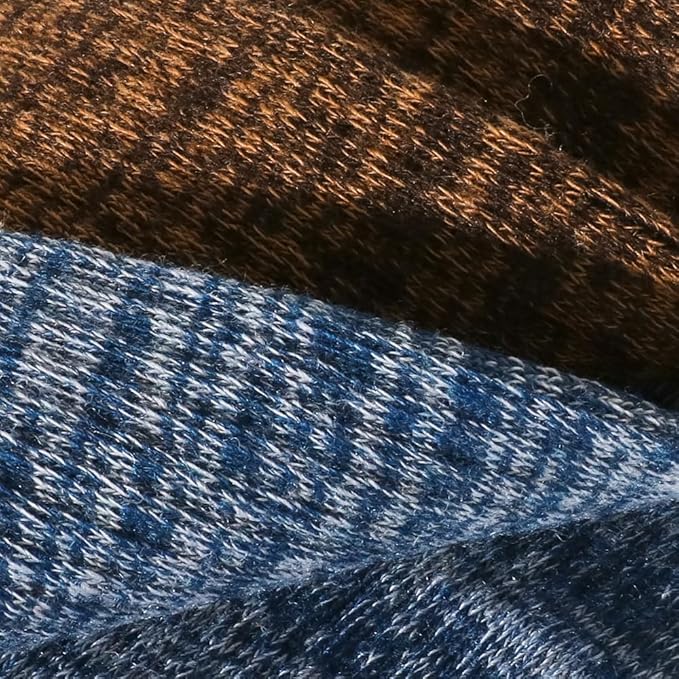When it comes to outdoor activities, keeping your feet warm is essential, especially during the colder months. Two popular options for outdoor enthusiasts are battery heated socks and traditional wool socks. Both have their unique benefits, but which one is right for your needs? Let’s break it down to help you make an informed decision before your next outdoor adventure.
Battery Heated Socks: The Modern Solution for Extreme Cold
Battery heated socks are a cutting-edge solution designed to provide consistent warmth in the coldest conditions. These socks are equipped with rechargeable batteries and built-in heating elements, offering adjustable warmth levels.
Pros of Battery Heated Socks:
- Customizable Warmth: Perfect for extremely cold environments like skiing, snowboarding, or winter hiking. Adjustable heat settings let you dial in the warmth based on weather and activity level.
- Ideal for Cold Extremes: If you’re frequently outdoors in freezing temperatures, battery heated socks provide extra warmth that wool can’t match.
- Comfortable Design: Despite the technology, many models are lightweight and designed for all-day wear without discomfort.
Cons of Battery Heated Socks:
- Battery Dependency: If the battery dies, so does your warmth. This can be a drawback for longer trips, especially if you’re in remote areas without easy access to charging.
- Higher Price Point: Battery heated socks tend to be more expensive than traditional wool socks, making them a bigger investment.
- Maintenance: Regular charging and care are required to ensure the heating elements and batteries perform optimally.
Best Use Cases for Battery Heated Socks:
- Skiing, ice fishing, or winter camping, where temperatures drop drastically.
- Those with poor circulation who need extra warmth.
- Short- to medium-duration outdoor activities where you can manage battery life.

Traditional Wool Socks: The Classic Choice for Comfort and Durability
Traditional wool socks have been a staple for outdoor enthusiasts for years. Made from natural materials like merino wool, they are known for their ability to keep feet warm, dry, and comfortable.
Pros of Wool Socks:
- Natural Warmth: Wool naturally insulates, keeping your feet warm even when wet. Ideal for unpredictable weather and extended outdoor trips.
- Breathability: Wool’s moisture-wicking properties keep your feet dry and comfortable, preventing overheating and foot odor.
- Durability and Longevity: High-quality wool socks can last for years if cared for properly, making them a reliable choice for rugged outdoor activities.
- Eco-Friendly: Wool is a renewable, biodegradable material, making it a more sustainable option for environmentally-conscious adventurers.
Cons of Wool Socks:
- No Adjustable Warmth: Wool socks rely on their inherent insulation properties and cannot offer the customizable warmth that battery heated socks provide.
- Can Be Bulky: Some wool socks can feel bulky, making them less suitable for certain types of footwear, such as tighter shoes or boots.
- Care Requirements: Wool socks often require hand washing or special care to maintain their softness and durability.
Best Use Cases for Wool Socks:
- Long hikes, backpacking, or mountaineering, where comfort and durability are key.
- Moderate cold weather where wool’s natural insulation is sufficient.
- Those looking for an eco-friendly, low-maintenance option.

Battery Heated Socks vs. Wool Socks: Which Should You Choose?
The right choice depends on your needs, preferences, and the type of outdoor activity you're planning.
Choose Battery Heated Socks if:
- You’re facing extreme cold, like during a ski trip or winter camping.
- You need customizable warmth and don’t mind the investment in technology.
- Your outdoor activity is relatively short or you have access to charging options during your trip.
Choose Wool Socks if:
- You prefer eco-friendly, natural materials for long-lasting comfort.
- Your activities are more moderate in terms of cold and duration.
- You value durability, versatility, and low-maintenance gear.






